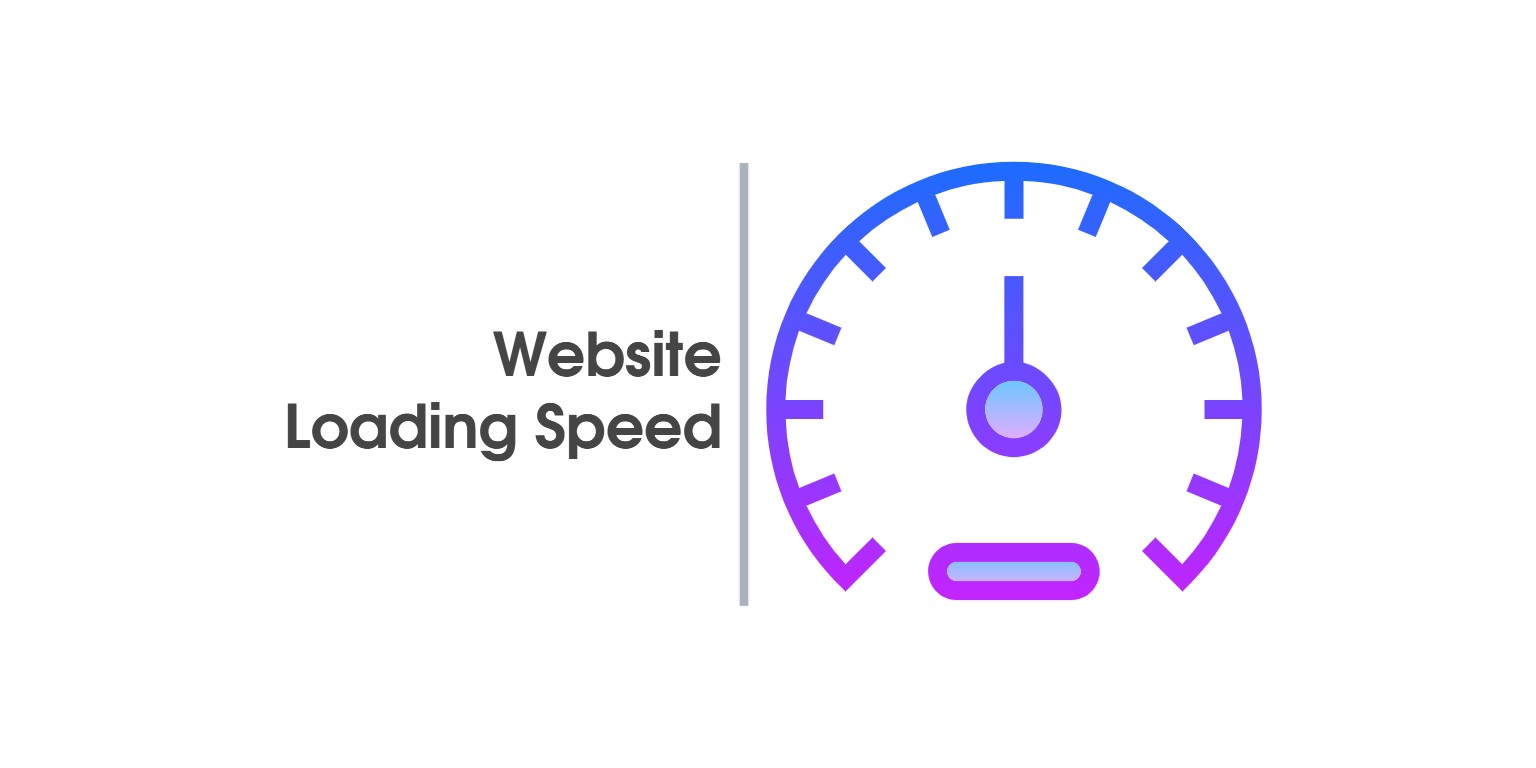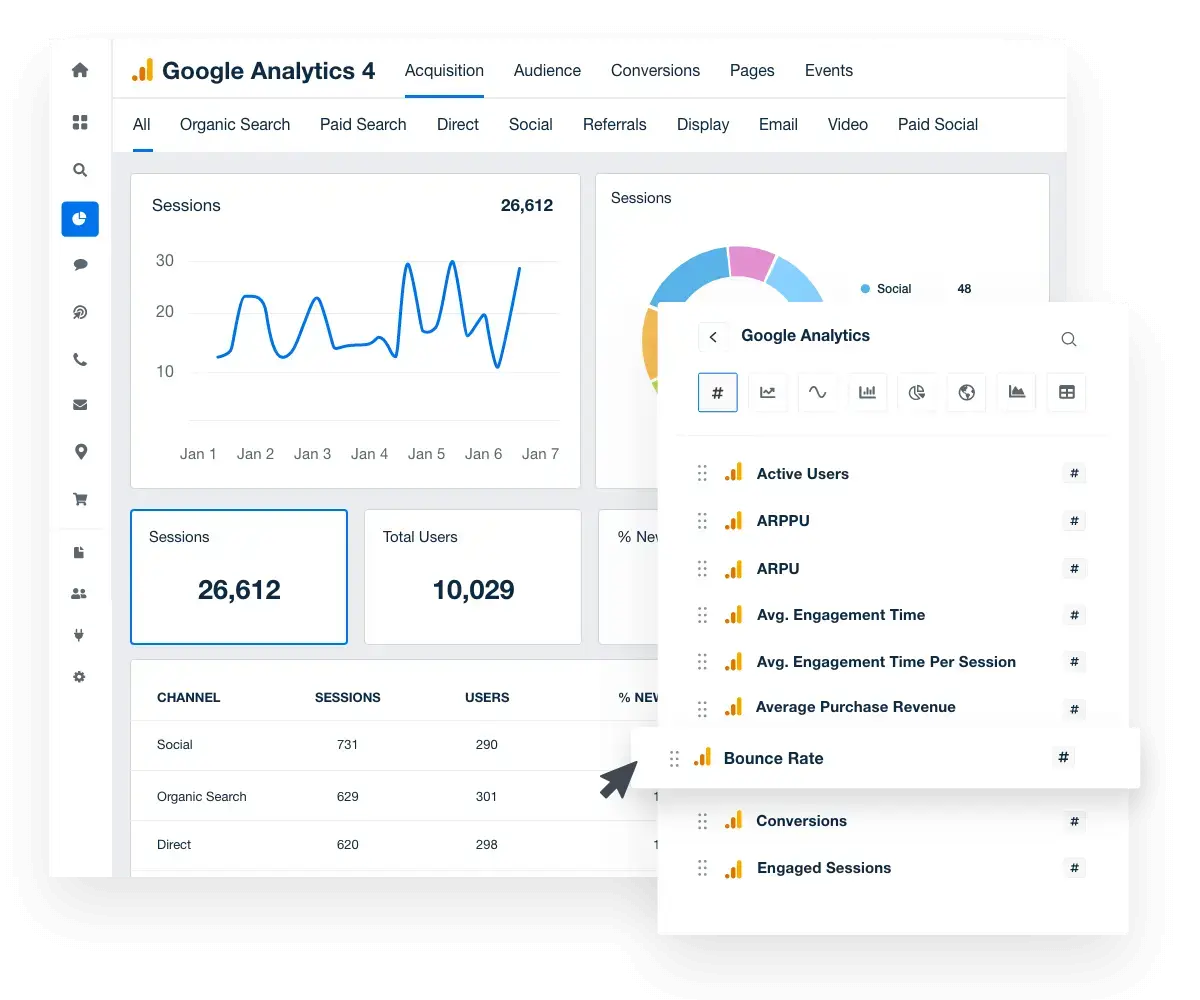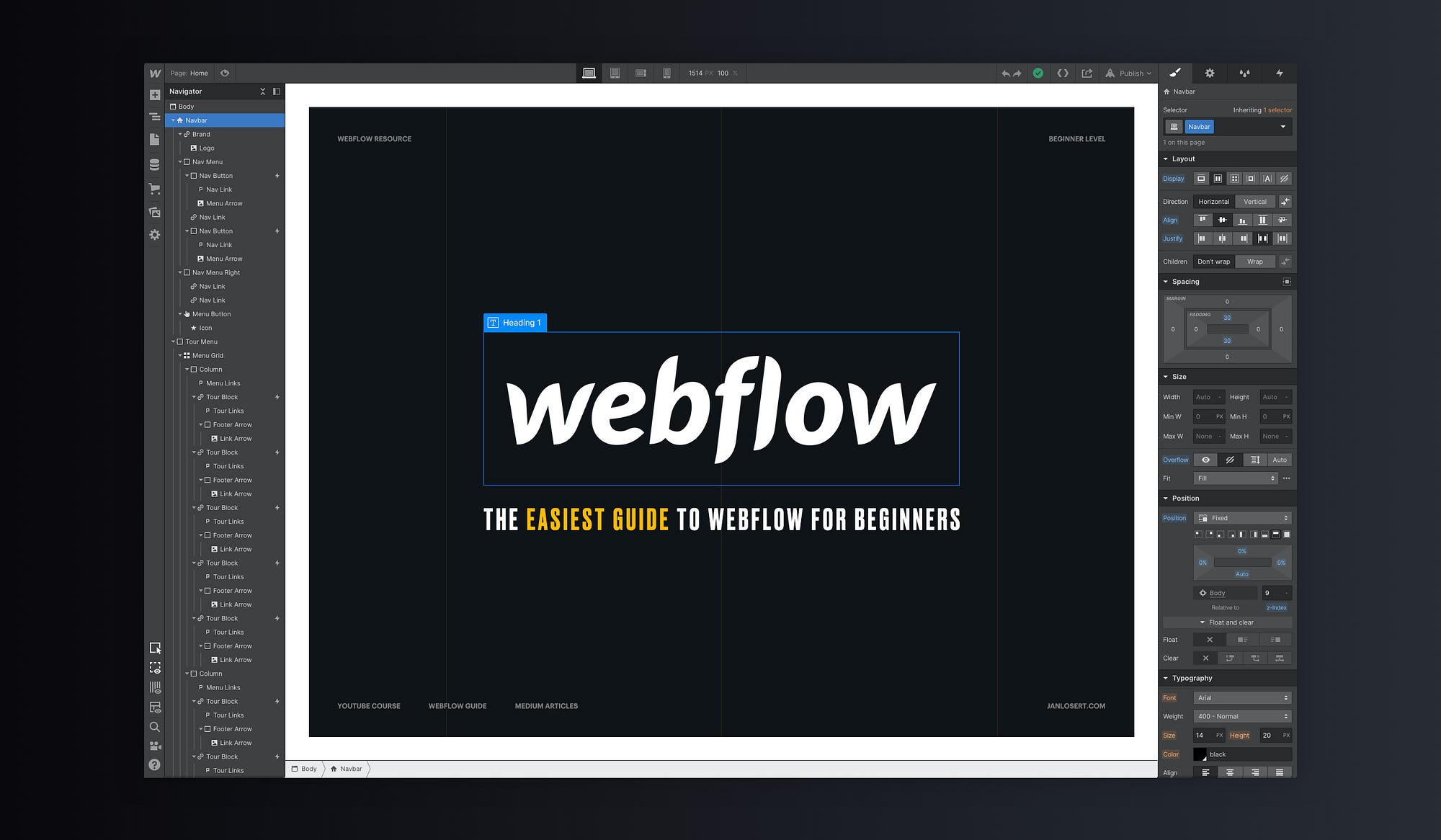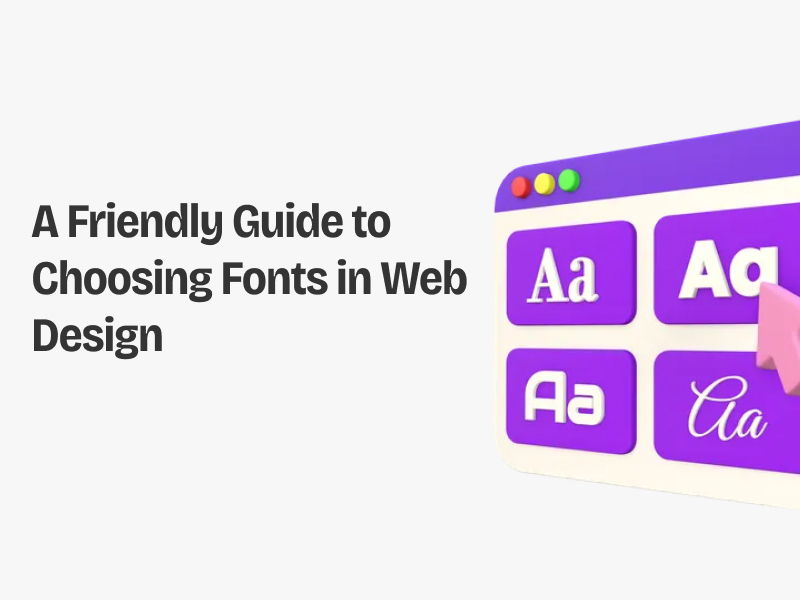Mastering the Art of Landing Page Optimization

Introduction
In the fast-paced world of online marketing, think of your landing page as the warm handshake that invites visitors into your digital space. It’s not just about conversions; it’s about creating a virtual experience that resonates with your audience and encourages them to engage. Every element of your landing page contributes to this experience, from the words you choose to the colors you use. In this article, we’ll delve deeper into the essential components of landing page optimization and how they work together to maximize your conversion rates.
Clear and Concise Messaging
At the heart of any successful landing page is clear and concise messaging. Your headline is the first thing visitors see, and it must immediately communicate what you offer and how it addresses their needs or problems. Use compelling language that resonates with your target audience. This means understanding who your audience is and what they are looking for.
Crafting the Perfect Headline:
A headline should be specific, actionable, and benefit-driven. Instead of a generic phrase like "Welcome to Our Site," opt for something like "Transform Your Home with Our Eco-Friendly Cleaning Products." This kind of headline sets the tone and invites visitors to learn more.
Subheadings and Body Text:
Following your headline, subheadings should clarify and expand upon your main message. Keep paragraphs short and to the point, using bullet points for easy readability. The goal is to provide just enough information to pique interest without overwhelming the visitor.
Strategic Use of Visuals
Visuals play a critical role in capturing attention and conveying your message effectively. Incorporate high-quality, relevant visuals that support your text. Images and videos should not only be aesthetically pleasing but also guide visitors toward your conversion goal.
Choosing the Right Visuals:
Use images that reflect your brand and resonate with your audience. For instance, if you’re marketing a travel service, high-resolution photos of stunning destinations can evoke emotions and inspire action.
Videos as Engagement Tools
Consider using videos to explain your product or service more dynamically. A brief, engaging video can quickly convey complex information, making it easier for visitors to understand your offering and its benefits.

Compelling Call-to-Action (CTA)
Your call-to-action (CTA) is the final nudge that encourages visitors to convert. Craft a persuasive CTA that stands out and motivates action. Use action-oriented language that clearly states what you want the visitor to do—be it “Sign Up Now,” “Get Your Free Trial,” or “Download the Guide.”
Designing Effective CTAs:
Ensure the button's color contrasts with the rest of the page to draw attention. Consider the placement of your CTAs as well; they should be strategically located throughout the page—at the top, in the middle, and at the end—so visitors can easily find them.
A/B Testing CTAs:
Experiment with different wording, colors, and placements for your CTAs. A/B testing helps you identify what resonates most with your audience, allowing you to refine your approach continually.
Mobile Optimization
With a growing number of users accessing websites on mobile devices, it’s crucial to ensure your landing page is fully responsive. A mobile-optimized page provides a seamless experience, encouraging visitors to engage rather than bounce.
Responsive Design Principles:
Use flexible layouts and scalable images that adapt to different screen sizes. Test your landing page on various devices to ensure it functions properly and looks great on all screens.
User Experience on Mobile:
Simplify navigation and minimize loading times. Mobile users are often in a hurry; a clutter-free design can make it easier for them to find what they’re looking for quickly.
Streamlined Forms
Forms are a vital component of many landing pages, but they can also be a barrier to conversion if not designed thoughtfully. Simplify your forms by requesting only essential information. Lengthy forms can deter potential leads, so it’s important to strike a balance.
Smart Form Fields:
Implement smart form fields that progressively collect information as the user engages more with your content. This approach creates a more user-friendly experience, making it less likely that visitors will abandon the form.
Use of Autocomplete:
If possible, use autocomplete features for fields like name and address. This not only speeds up the process but also enhances the user experience.

Loading Speed Matters
In today’s fast-paced digital world, users expect instant access to information. If your landing page takes too long to load, potential customers will likely leave before they even see what you have to offer.
Optimizing for Speed:
Optimize images by compressing them without losing quality, leverage browser caching, and minimize HTTP requests. Tools like Google PageSpeed Insights can help identify specific areas where you can improve loading times.
Impact on SEO:
A faster page not only enhances user experience but also positively impacts your search engine rankings. Search engines favor sites that load quickly, meaning improved visibility for your landing page.
A/B Testing
To ensure your landing page is continually performing at its best, engage in A/B testing. This process involves creating two versions of your landing page to see which one performs better in terms of conversions.
What to Test:
Experiment with different headlines, CTA copy, colors, and layouts. A/B testing provides data-driven insights that can help you understand your audience's preferences, allowing you to optimize for conversion.
Iterative Improvement:
Make testing a regular part of your optimization strategy. The digital landscape is always changing, and what works today may not work tomorrow. Continuous testing ensures you stay ahead.

Social Proof and Trust Signals
Building credibility is essential for converting visitors into customers. Showcase testimonials, customer reviews, and trust badges to enhance your landing page’s trustworthiness.
Incorporating Testimonials:
Positive experiences shared by satisfied customers can instill trust in your brand. Include brief, impactful quotes alongside the names and photos of real customers whenever possible.
Trust Badges and Certifications:
Display trust badges and certifications prominently on your landing page. These signals reassure visitors that they are engaging with a reputable and secure site.
Utilize White Space
A well-designed landing page uses ample white space to avoid overwhelming visitors. A clutter-free layout enhances readability and directs attention to key elements, increasing the likelihood of conversions.
The Role of White Space:
White space allows your content to breathe, making it easier for visitors to focus on important information and calls to action. Avoid cramming too much content into a small space, which can be distracting.
Strategic Layout Design:
Use white space to create a natural flow for your landing page. Position elements thoughtfully, guiding the visitor’s eye from one section to the next in a logical progression.

Analytics and Monitoring
To continuously improve your landing page, implement analytics tools like Google Analytics. These tools allow you to track user behavior and gather valuable data on how visitors interact with your page.
Key Metrics to Monitor:
Keep an eye on bounce rates, click-through rates, and conversion rates. These metrics provide insights into how well your landing page is performing and where there may be opportunities for improvement.
Using Insights for Refinement:
Use the data collected to refine your strategy. If you notice high bounce rates, investigate potential issues such as loading speed or unclear messaging. Continuous monitoring ensures your landing page evolves with your audience's needs.
Conclusion
Creating an irresistible landing page isn’t just about business; it’s about building connections. By infusing your landing pages with warmth, relatability, and a sprinkle of creativity, you transform them into digital spaces where visitors feel not just welcomed but excited to stay a while.
Optimizing your landing page is an ongoing process that requires attention to detail, an understanding of your audience, and a willingness to adapt. As you implement the strategies outlined in this article, remember that every visitor is a potential connection. Cheers to crafting landing pages that leave a lasting impression and drive meaningful engagement!




